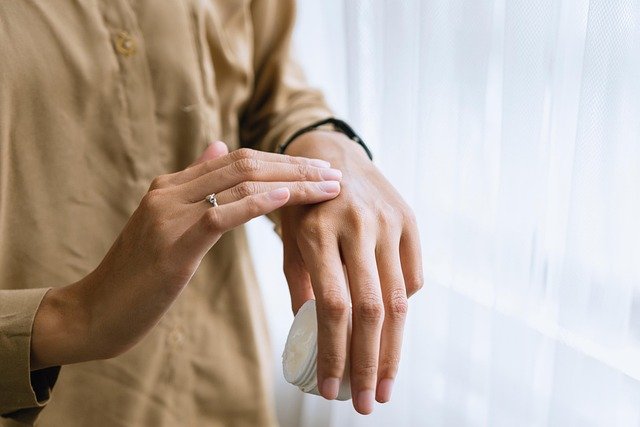Managing skin exposure to chlorine and salt during cross-training
Cross-training that mixes pool sessions, ocean swims, gym circuits, and outdoor runs exposes skin to chlorine, salt, sweat, and changing humidity. That combination can strip oils, irritate sensitive skin, and contribute to clogged pores or a compromised barrier. This article explains practical skincare adjustments to protect skin during multi-environment workouts and maintain hydration, cleansing, and sun protection routines.

This article is for informational purposes only and should not be considered medical advice. Please consult a qualified healthcare professional for personalized guidance and treatment.
How does chlorine affect the skin barrier?
Chlorine is a disinfectant that can strip natural oils from the stratum corneum, the outermost layer of skin, weakening the barrier and increasing water loss. Repeated exposure—common with regular pool workouts—can lead to dryness, redness, and a tight feeling, especially if you already have sensitive skin. Managing exposure means limiting time in chlorinated water when possible, showering promptly afterward, and supporting the barrier with humectants and emollients that restore hydration and lipids.
How should skincare change for exercise and sweat?
Exercise increases sweat and can trap salt, oils, and environmental pollutants against the skin, which may inflame pores and promote irritation. Lightweight, non-comedogenic products before a workout help prevent pore blockage. Avoid heavy makeup or occlusive creams during training. After exercising, prioritize gentle cleansing to remove sweat and bacteria, then apply a moisturizer suited to your skin type to replenish lost moisture. For outdoor sessions, include a sweat-resistant SPF if sun exposure is a factor.
What cleansing steps help after saltwater exposure?
Saltwater can have a drying, exfoliating effect that leaves skin feeling tight and grainy. Rinse immediately with fresh water after ocean swims, then use a mild, sulfate-free cleanser to remove residual salt and organisms without overstripping oils. Pat skin dry rather than rubbing, and follow with a hydrating serum or moisturizer. For hands and feet exposed to salt and sand, a gentle scrub once or twice weekly can clear trapped particles, but avoid frequent abrasive scrubbing on already irritated areas.
How to choose moisturizer, serum, and SPF
Look for moisturizers with ceramides, glycerin, hyaluronic acid, or fatty acids to support barrier repair; these ingredients attract and retain water while rebuilding lipids. Serums can be helpful when they contain targeted actives like niacinamide or antioxidants to calm inflammation and strengthen barrier function. For sun protection, use a broad-spectrum SPF suitable for your activity—physical blockers (zinc oxide or titanium dioxide) are often tolerated by sensitive skin, and water- or sweat-resistant formulas are preferable during intense workouts.
How do humidity and pores interact during training?
High humidity encourages sweat production and can increase oiliness, enlarging the appearance of pores and trapping debris. Conversely, low humidity—common in indoor pools with climate control—can accelerate transepidermal water loss and create compensatory oiliness afterward. Balance depends on consistent cleansing and lightweight hydration: gentle cleansers remove excess oil and sweat without stripping, while hydrating products maintain moisture so the skin doesn’t overproduce sebum. Adjust routines seasonally or by location to reflect humidity changes.
How to care for sensitive skin in cross-training
Sensitive or reactive skin benefits from a minimalist, consistent routine. Use fragrance-free, hypoallergenic cleansers and moisturizers, and introduce one active at a time if you use serums. After exposure to chlorine or salt, prioritize barrier repair: emollient-rich creams and occlusive layers at night can lock in moisture, while daytime protection focuses on SPF and non-irritating textures. If redness or breakouts persist after training, consider consulting a dermatologist who can evaluate contact sensitivities, atopic tendencies, or product reactions.
Regular practices that help across environments include rinsing promptly after exposure, avoiding harsh surfactants, choosing non-comedogenic formulations, and protecting skin from sun and wind. Monitoring how your skin responds to different workouts allows you to refine cleansing and moisturizing steps while keeping pores clear and the barrier intact.
In summary, managing skin exposure to chlorine and salt during cross-training revolves around timely cleansing, barrier-supporting moisturization, sensible sun protection, and adjustments for sweat and humidity. A gentle, ingredient-conscious approach helps preserve skin health without undermining fitness routines. Maintain awareness of your skin’s reactions and seek professional advice for persistent issues.





